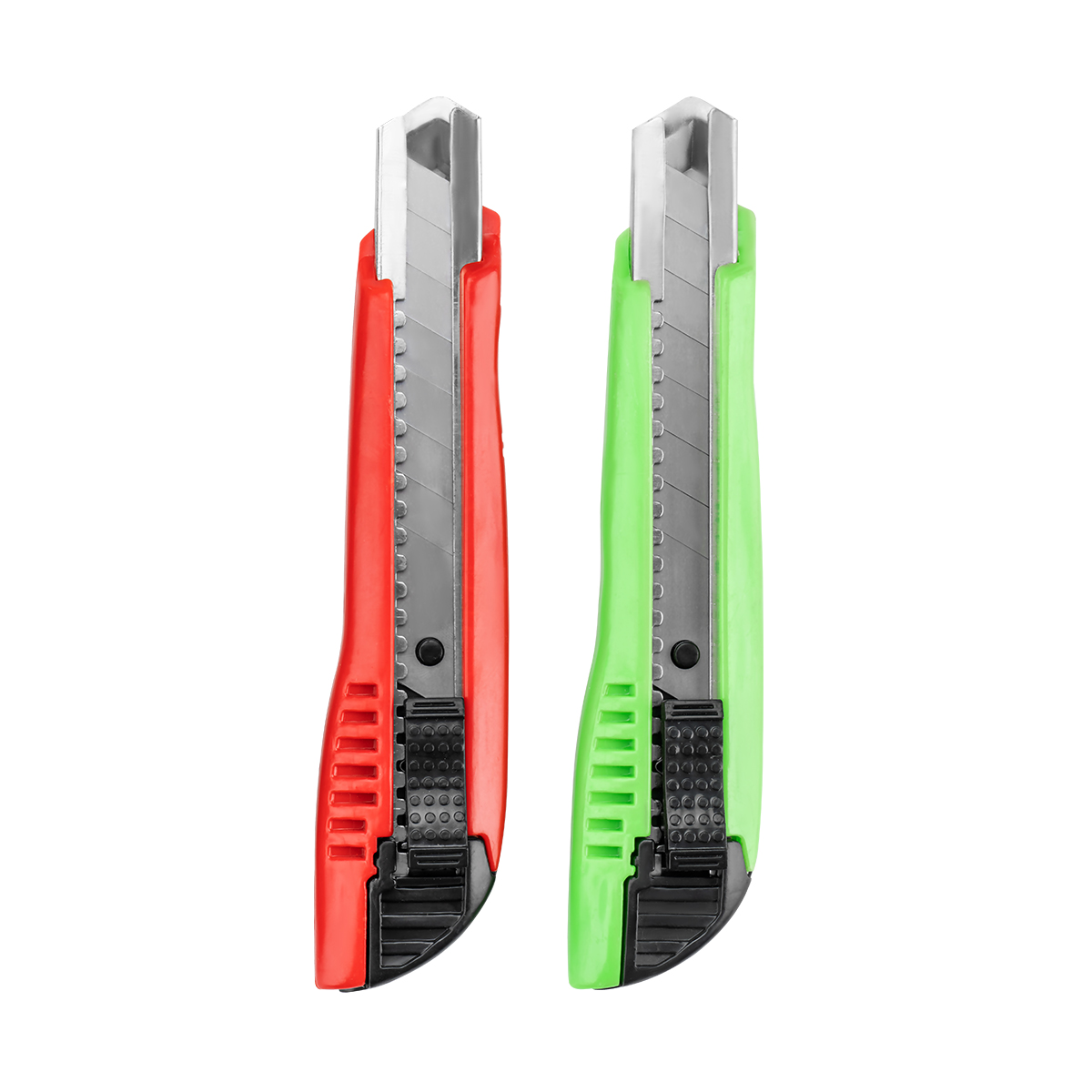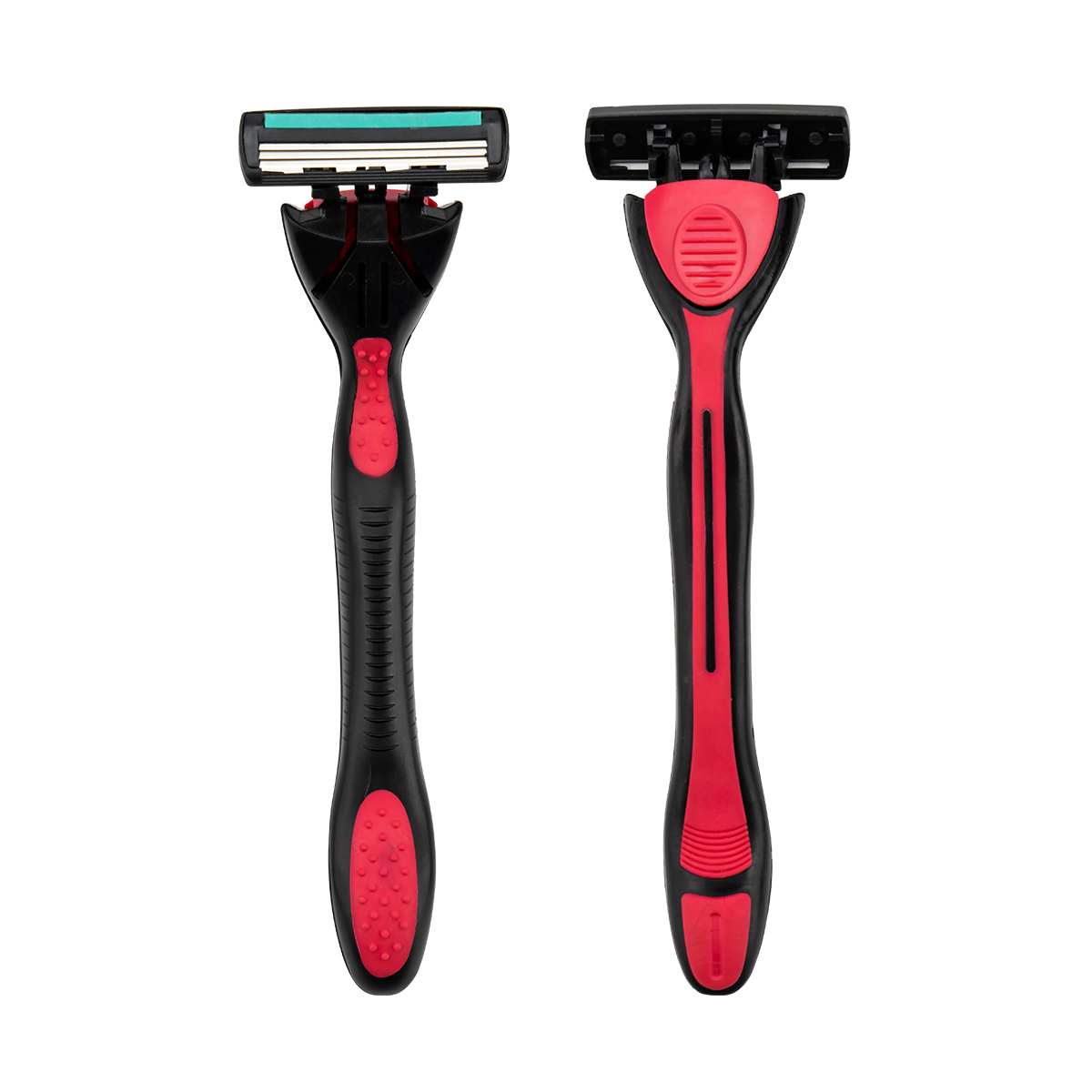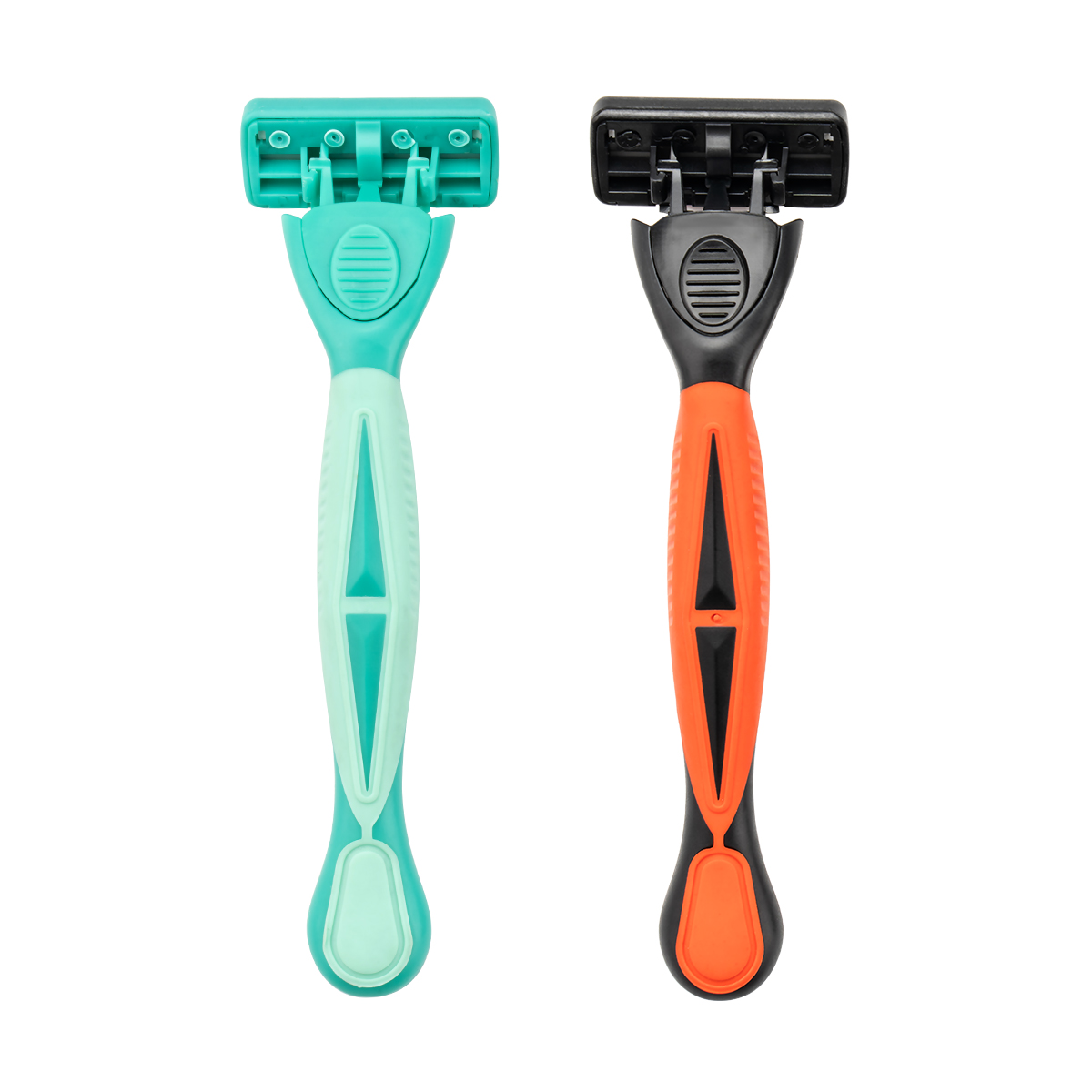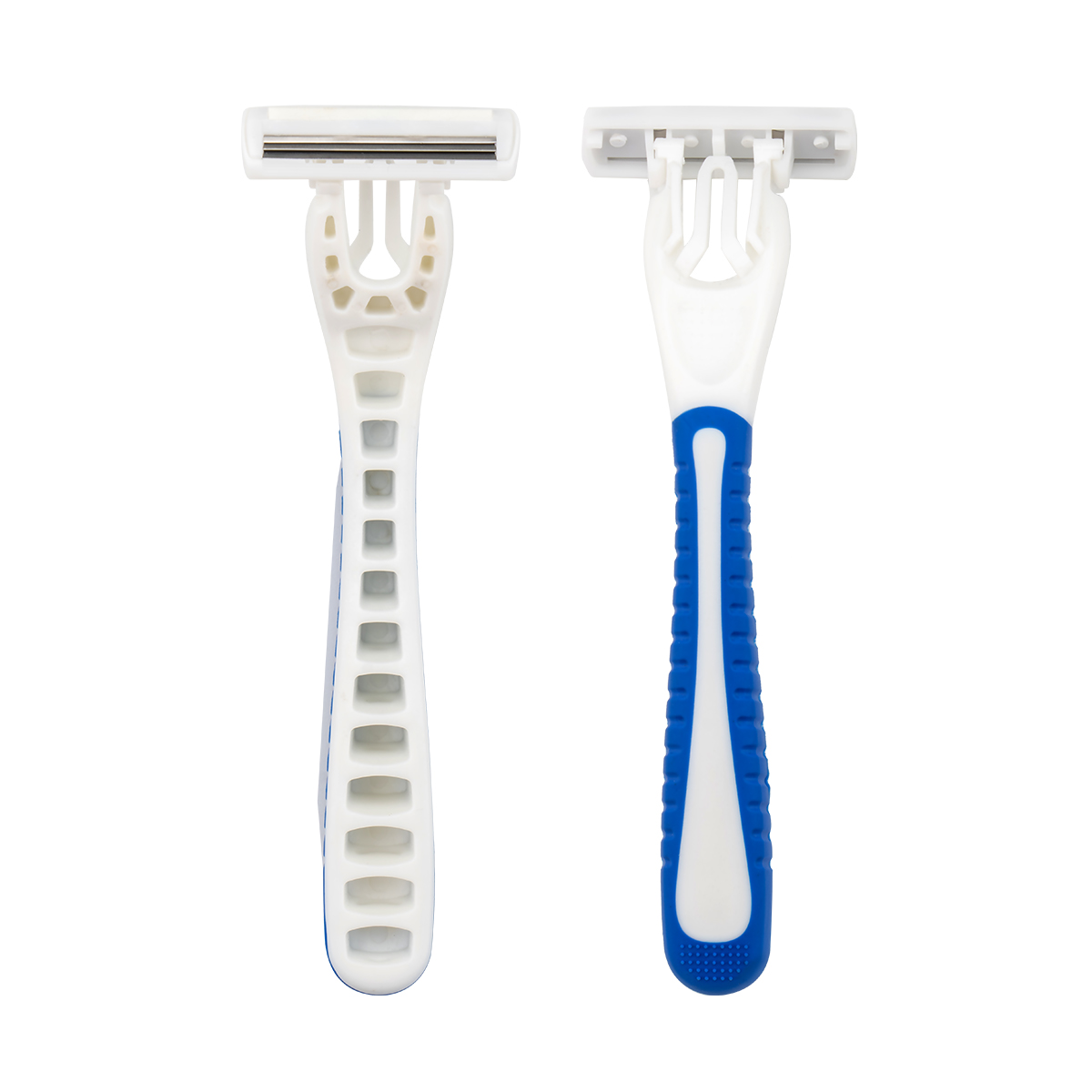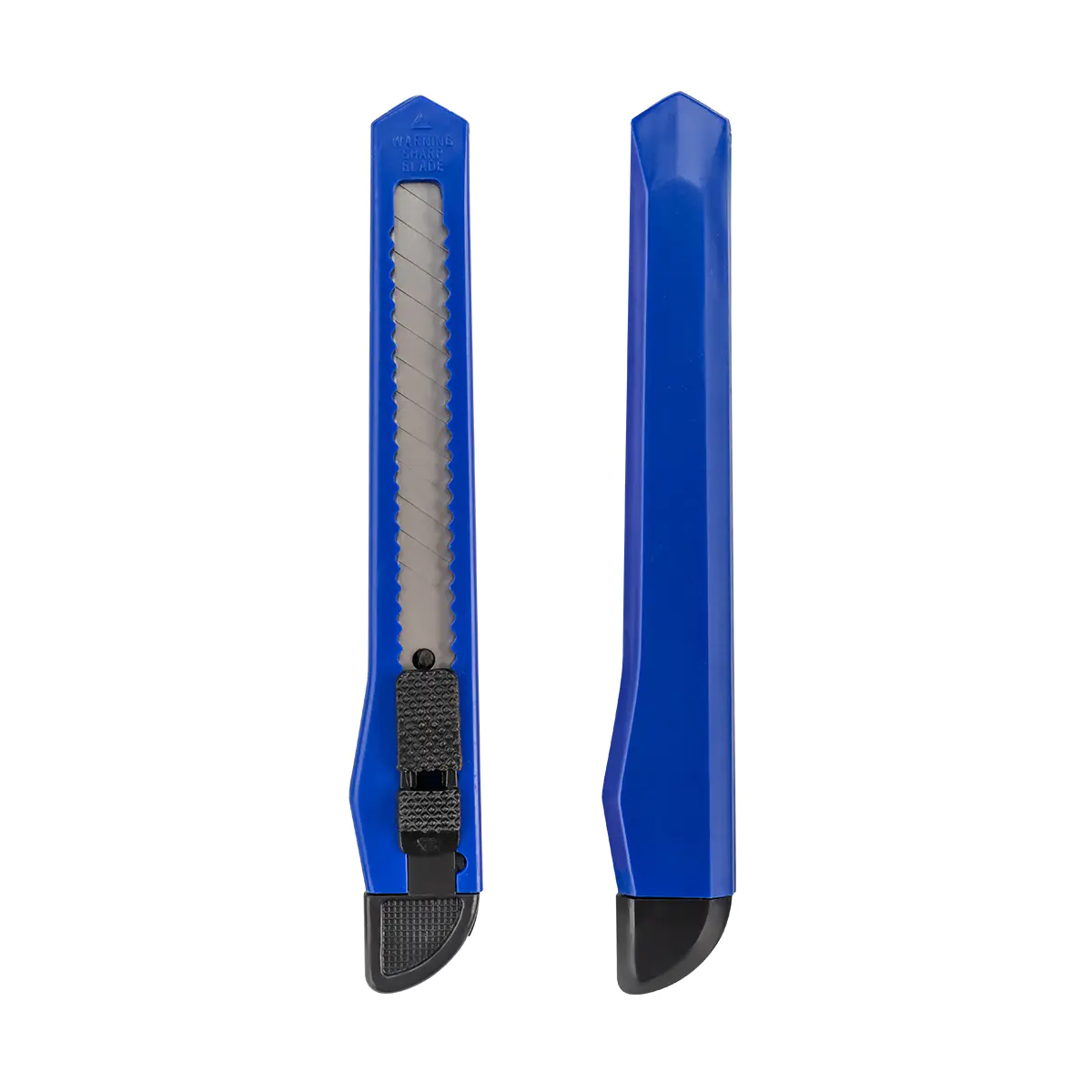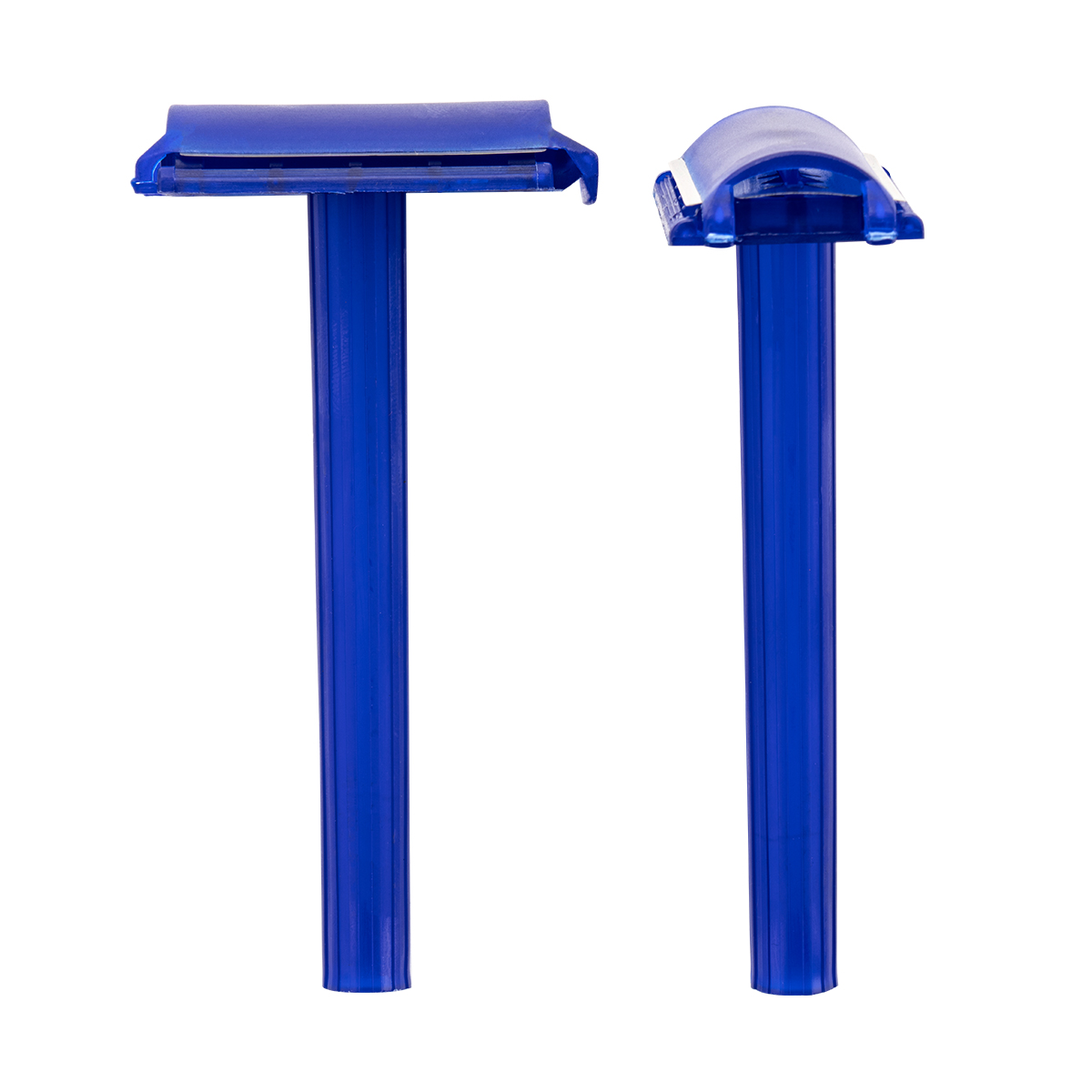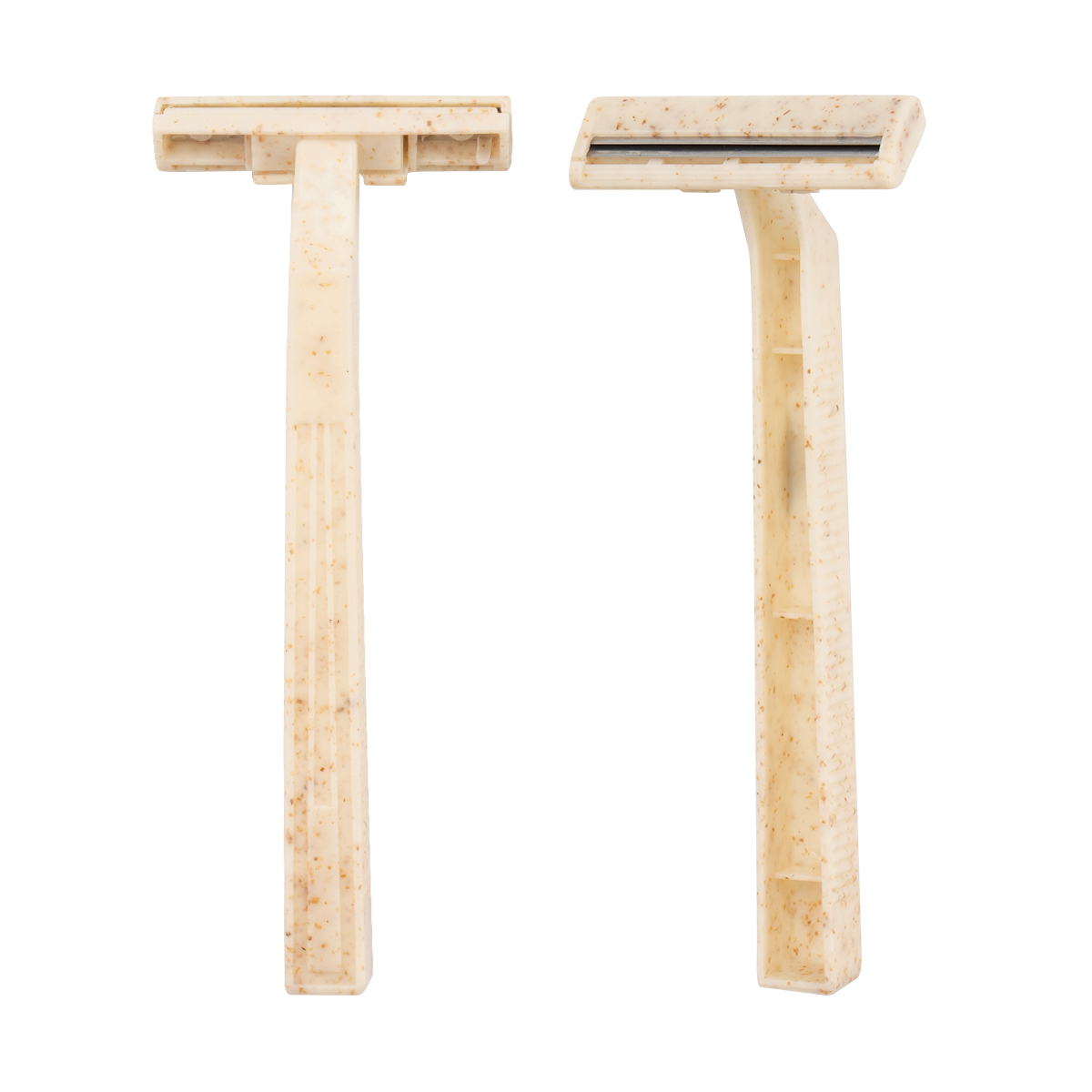We are an industry and trade enterprise
specializing in the production of disposable razors and utility knives for more than 30 years.
Razor News
Safety Razor vs. Cartridge Razor: Which is Right for You
Content
When it comes to achieving a smooth, clean shave, the market offers two primary contenders: the modern cartridge razor and the classic safety razor. While cartridge razors have dominated the shelves for decades with their promise of speed and convenience, safety razors are experiencing a resurgence among those seeking a closer shave, cost savings, and a more sustainable grooming routine. This article will delve into the fundamental differences between these two shaving tools, breaking down the pros and cons of each to help you determine which razor is the best fit for your skin, budget, and lifestyle.
What is a Cartridge Razor?
A cartridge razor is a modern shaving tool characterized by its multi-blade design. It consists of a reusable handle and a disposable head, or "cartridge," which contains several blades, typically three to five, stacked closely together. These cartridges are designed to be easily detached from the handle and replaced once the blades become dull.
Key features of a cartridge razor include:
- Multi-blade design: The blades are engineered to lift and cut the hair with each pass. The first blade pulls the hair up, and subsequent blades cut it, often below the skin's surface.
- Pivoting heads: The razor head is attached to the handle with a flexible hinge, allowing it to pivot and follow the contours of the face for a quick and easy shave.
- Lubrication strips: Most cartridges feature a gel strip located above the blades. This strip releases lubricants and moisturizers when it comes into contact with water, helping to reduce friction and skin irritation.
The primary appeal of the cartridge razor lies in its convenience and ease of use, making it the most common type of razor for modern shaving routines.
What is a Safety Razor?
A safety razor is a classic shaving tool that uses a single, double-edged blade. It is a reusable, T-shaped razor with a protective guard (the "safety bar") positioned over the blade's edge to minimize the risk of nicks and cuts. Unlike cartridge razors, the entire razor is typically made of metal and is designed for long-term use, with only the inexpensive blades being replaced.
Key features of a safety razor include:
- Single-blade design: A single, sharp blade cuts the hair at the skin's surface with one pass, reducing the likelihood of irritation caused by multiple blades pulling and tugging at the hair.
- Blade replacement: The razor head unscrews or opens to allow for the easy and cost-effective replacement of a new double-edged blade.
- Different head types: Safety razors come with various head designs, which affect the aggressiveness of the shave:
- Closed Comb: The most common and mildest type, ideal for beginners. The "safety bar" has a straight or slightly curved edge with small teeth, which helps to flatten the skin and guide the hair to the blade.
- Open Comb: A more aggressive design with large teeth on the safety bar. This style is better for tackling thicker, longer, or coarser hair.
- Slant Bar: The blade is twisted at an angle, creating a scything motion that is effective for very coarse hair and sensitive skin.
While safety razors require a steeper learning curve, they offer a traditional shaving experience that many find to be superior, providing a closer shave with less irritation.
Cartridge Razor: Pros and Cons
Pros
- Convenience and Speed: Cartridge razors are exceptionally easy and quick to use. Their pivoting heads and multiple blades make it simple to shave large areas in a short amount of time, with minimal risk of nicks for new users.
- Ease of Use: The design is intuitive, requiring little to no learning curve. Users can simply apply some shaving gel and start shaving.
- Initial Close Shave: The multi-blade system can provide a deceptively close shave on the first pass by lifting and cutting hairs below the skin's surface.
Cons
- Expensive Replacement Cartridges: The most significant drawback is the high recurring cost. The proprietary cartridges are much more expensive than single blades, leading to a high long-term cost.
- Increased Risk of Irritation and Ingrown Hairs: The multi-blade system can be harsh on the skin. The first blade pulls the hair up, and subsequent blades cut it, which can cause skin irritation, razor burn, and an increased risk of ingrown hairs as the hair retreats below the skin's surface.
- Environmentally Unfriendly: The entire cartridge, made of plastic and metal, is designed to be disposable. This contributes significantly to plastic waste in landfills, making them a less sustainable choice.
Safety Razor: Pros and Cons
Pros
- Cost-effective in the long run: While the initial cost of a quality safety razor may be higher, the replacement blades are extremely cheap. A pack of blades can last for months or even a year, leading to significant savings over time.
- Less Irritation and Fewer Ingrown Hairs: The single-blade design cuts hair cleanly at the skin's surface without pulling and tugging. This gentle action reduces the chance of razor burn and irritation, making it an excellent choice for those with sensitive skin.
- Environmentally Friendly: Safety razor blades are made of metal and are 100% recyclable. Since the handle is reusable, this shaving method produces very little plastic waste, offering a sustainable alternative to disposable cartridges.
- Closer and Smoother Shave: Many users report that a safety razor provides a smoother, closer shave than a cartridge razor because the single blade can cut the hair more effectively with a single pass.
Cons
- Steeper Learning Curve: Using a safety razor requires more practice and attention to technique, particularly concerning the correct angle and pressure.
- Requires More Time and Attention: The shaving process with a safety razor is slower and more deliberate. It's not a quick "grab and go" shave.
- Initial Investment: The upfront cost for a quality handle can be higher than a typical cartridge razor handle. However, this is offset by the low cost of blades.
Shaving Technique: Cartridge Razor
Shaving with a cartridge razor is designed to be straightforward and fast. The multi-blade head and pivoting design do most of the work, but following a few key steps can improve your results and reduce irritation.
- Preparation: Start with a clean face. Shave after a warm shower to soften your hair and open pores. Apply a shaving cream or gel generously to the area to be shaved.
- Pressure: Use light to moderate pressure. The design of the cartridge razor means you don't need to press hard to get a close shave.
- Direction: Shave with the grain of your hair (the direction the hair grows) to minimize irritation, especially for sensitive skin. You can make subsequent passes against the grain for a closer shave, but this increases the risk of razor burn and ingrown hairs.
- Rinsing: Rinse the razor head frequently to prevent hair and cream from clogging the blades.
- Post-Shave: Rinse your face with cool water to close your pores and apply a soothing aftershave balm to moisturize the skin.
Shaving Technique: Safety Razor
Shaving with a safety razor is a more deliberate and methodical process that requires a focus on technique rather than speed. Mastering these steps will lead to a superior and more comfortable shave.
- Pre-Shave Preparation: This is crucial. Start with a warm shower to soften hair and skin. Use a pre-shave oil or soap to prepare the face. Lather up a quality shaving soap or cream using a shaving brush and apply it to your face in a thick, even layer. The brush lifts the hairs and exfoliates the skin, preparing it for the blade.
- Angle: The most important factor is the blade angle. Hold the razor at a 30- to 45-degree angle to your skin. If the angle is too steep, you'll feel the blade scraping; if it's too shallow, it won't cut effectively. Listen for the sound of the hair being cut—a soft, consistent "swoosh" is what you're looking for.
- Pressure: Use zero pressure. Let the weight of the razor do the work. Pressing down on the razor is the fastest way to cause nicks, cuts, and irritation.
- Direction: Make short, deliberate strokes with the grain of your hair. Do not go against the grain on the first pass. Rinse the blade after every 1-2 strokes to prevent clogging.
- Multiple Passes: For a closer shave, you can perform a second or third pass across the grain or even against the grain, but only after your skin is conditioned from the first pass. Re-lather your face between each pass.
- Post-Shave: Rinse your face with cold water to close the pores and pat your skin dry with a clean towel. Apply an alcohol-free aftershave balm to soothe and moisturize your skin.
Cost Comparison: Long Term
When comparing the costs of safety razors and cartridge razors, the initial investment is less important than the long-term, recurring costs. Here is a detailed breakdown.
Cartridge Razor Cost
- Initial Investment: Low to moderate. A handle and a few cartridges can often be purchased for a reasonable price.
- Recurring Costs: High. A pack of 4 to 8 replacement cartridges can be very expensive. For someone who shaves 3-4 times a week and replaces the cartridge every 1-2 weeks, the annual cost can add up quickly.
Safety Razor Cost
- Initial Investment: Moderate. A quality safety razor handle is typically more expensive upfront than a cartridge razor handle.
- Recurring Costs: Very low. A pack of 100 double-edged blades, which can last for over a year for most users, costs a fraction of a single pack of cartridges.
Comparison Table: Estimated Annual Cost
| Expense Type | Cartridge Razor | Safety Razor |
| Initial Handle | $10 - $20 | $20 - $100+ |
| Annual Cartridge/Blade Cost | $100 - $200+ | $10 - $30 |
| Shaving Cream/Soap | $10 - $20 | $15 - $30 |
| Total Annual Cost | $120 - $240+ | $45 - $160 |
Note: These are estimated costs based on average usage and product prices. Individual costs will vary.
Environmental Impact
The environmental impact of shaving is a significant factor to consider, and here the differences between the two razor types are stark.
Cartridge Razors
- Plastic Waste: Cartridge razors are a major contributor to plastic waste. The handles are often plastic, and the multi-blade cartridges themselves are non-recyclable due to their composite nature of plastic and metal.
- Landfill Contribution: An estimated 2 billion disposable razors and cartridges end up in landfills annually in the U.S. alone. This plastic waste can take hundreds of years to break down, if at all, and can release harmful microplastics into the environment.
- Complex Manufacturing: The production of these razors involves complex molding and assembly processes, which can have a higher carbon footprint compared to the manufacturing of a simple metal safety razor.
Safety Razors
- Reduced Waste: Safety razors are a reusable product, often made of durable metal that can last a lifetime. The only part that needs to be disposed of is the small, single blade.
- Recyclable Blades: The used blades are 100% recyclable steel. They can be safely collected in a blade bank (a small metal container) and, once full, can be recycled as scrap metal.
- Minimal Packaging: Blades for safety razors typically come in small, recyclable cardboard or paper packaging, further reducing environmental impact.
- Longevity: A single safety razor can be used for decades, eliminating the need to repeatedly purchase and discard plastic razor handles.
Who are They For?
The choice between a safety razor and a cartridge razor ultimately depends on an individual's priorities and shaving habits.
Cartridge Razors are Ideal for:
- Beginners: The low learning curve and forgiving nature of the pivoting head make cartridge razors a great starting point for those new to shaving.
- Those who prioritize speed and convenience: If you are in a rush and need a quick, no-fuss shave, the cartridge razor's design is built for efficiency.
- Infrequent shavers: For those who shave infrequently and have light, fine hair, a cartridge razor can provide an adequate shave with minimal effort.
- Travel: The compact and durable nature of cartridge razors makes them convenient for travel, as they don't require careful handling or a separate case for blades.
Safety Razors are Ideal for:
- Experienced shavers: Those who are willing to invest time in mastering the proper technique will be rewarded with a superior shave.
- Individuals with sensitive skin or prone to ingrown hairs: The single, sharp blade reduces irritation and the risk of ingrown hairs by cutting the hair cleanly without pulling it.
- Budget-conscious individuals: The long-term cost savings on blades make safety razors an extremely economical choice over time.
- Environmentally conscious consumers: For those who want to reduce their plastic waste and environmental footprint, the recyclable metal blades and reusable handles are a compelling benefit.
- Those who enjoy the process: Wet shaving with a safety razor can become a relaxing and satisfying ritual, transforming a daily chore into a moment of self-care.
![]() No. 2-2, Oufu Road, Zhangting Town, Yuyao City, Ningbo City, Zhejiang, China.
No. 2-2, Oufu Road, Zhangting Town, Yuyao City, Ningbo City, Zhejiang, China.
![]() +86-574-87560886/87560055
+86-574-87560886/87560055
![]() +86-574-87560885
+86-574-87560885
Copyright © Ningbo Chuangxin Cutting-Tool Manufacture Co., Ltd.

 English
English 中文简体
中文简体 русский
русский Español
Español